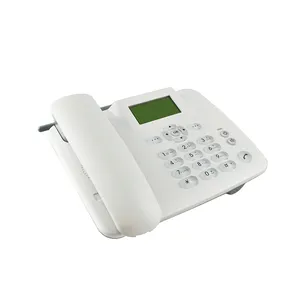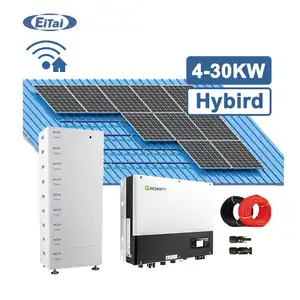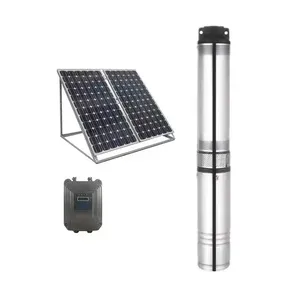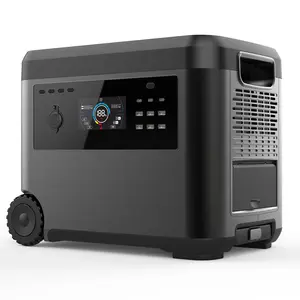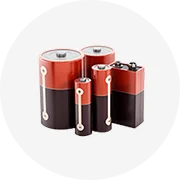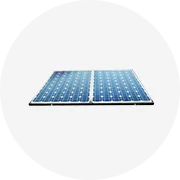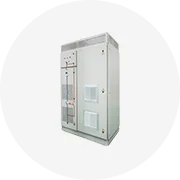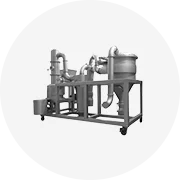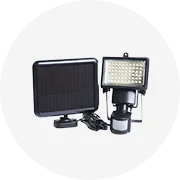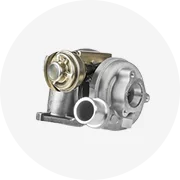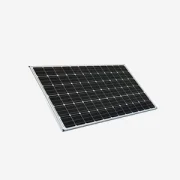Popular in your industry












 Ready to Ship
Ready to Ship





































































































































































































Top categories
About ups battery 20kw
The ups battery 20kw is a critical component in ensuring the continuity of power in various business operations. It stands as a bulwark against power interruptions, providing a seamless transition to backup power to keep essential systems running without a hitch. The 20kw UPS battery is particularly suited for large-scale operations where power demands are high and uninterrupted supply is non-negotiable.
Types and Characteristics of 20kw UPS Batteries
Within the category of ups battery 20kw, there are distinct types tailored to different operational scales and requirements. The Sheet Metal Rack Mount series is designed for heavy-duty use, often found in industrial settings where robustness is key. These are contrasted with the more compact SKE POE432 Mini DC UPS, which is designed for smaller, more sensitive setups. The GSO Lithium LifePO4 series is a middle ground, offering a balance of power and versatility, suitable for both residential and commercial applications. Each type is characterized by its specific energy storage capacity, discharge rates, and physical dimensions, allowing businesses to select a model that best fits their unique power backup needs.
Structure and Operation of a 20kw UPS Battery System
The structure of a ups battery 20kw system is a marvel of modern engineering, consisting of several key components. The battery cells themselves are the heart of the system, storing the electrical energy. These cells are connected in series and parallel to achieve the desired voltage and capacity. The inverter, a critical component, is responsible for converting the stored DC power into AC power, which is the form used by most business equipment. The charge controller regulates the flow of power into the batteries, ensuring they are not overcharged, while the BMS monitors the health and performance of the battery cells, providing alerts for any issues that need attention. The rectifier converts incoming AC power to DC to charge the batteries, completing the cycle of power conversion that is central to the UPS's operation.
Materials and Properties of UPS Batteries
The materials used in ups battery 20kw systems are selected for their electrical properties and durability. Lithium batteries, for example, use lithium iron phosphate, known for its thermal stability and safety. Lead-acid batteries, on the other hand, use a combination of lead plates and sulfuric acid, which provides a reliable power source at a lower cost. The casings are typically made from robust metals that protect the internal components from physical damage and electromagnetic interference, with finishes that resist corrosion and wear. The choice of materials is a critical consideration, as it directly impacts the performance, safety, and lifespan of the UPS system.
Business Usages and Applications
The 20kw UPS battery is indispensable in sectors where power disruption can lead to significant financial loss or safety risks. In healthcare, these batteries ensure that life-saving equipment operates without interruption. In the IT industry, they protect data integrity by preventing unexpected server shutdowns. The telecommunications sector relies on them to maintain network uptime, which is critical for emergency response and commercial communications. In manufacturing, UPS systems safeguard against production losses due to power fluctuations. Each application not only demonstrates the versatility of the UPS battery but also its role in adding value and security to business operations.
Functions of a 20kw UPS Battery
A ups battery 20kw is designed to perform several critical functions. It provides immediate power supply during outages, regulates voltage to protect against surges, and can condition power to smooth out irregularities in the current. Its capacity to handle high power loads makes it suitable for environments with substantial energy requirements, ensuring that even the most power-intensive devices can continue to operate smoothly during power interruptions. Additionally, the UPS can serve as a power conditioner, mitigating issues like frequency noise, voltage spikes, and harmonics that can be detrimental to sensitive equipment.
Features of a 20kw UPS Battery
The distinct features of a ups battery 20kw include advanced BMS for efficient power management, LCD displays for real-time monitoring, and hot-swappable battery modules for easy maintenance. These features are designed to provide a user-friendly experience while maximizing the performance and lifespan of the UPS system. The ability to integrate with renewable energy sources is another key selling point, allowing businesses to maintain sustainability goals without compromising on power reliability. The inclusion of protection features against electrical issues such as short circuits and overvoltage further enhances the appeal of these UPS systems.
Benefits of a 20kw UPS Battery
The benefits of deploying a ups battery 20kw are manifold. It ensures operational continuity, protects against data loss, and maintains the safety of electronic equipment. For businesses, this translates to uninterrupted productivity, reduced downtime, and savings on potential repair costs. The peace of mind that comes with knowing critical systems are protected is invaluable, particularly in industries where the stakes are high. Furthermore, the environmental benefits of integrating UPS systems with renewable energy sources cannot be overstated, as they enable a reduction in carbon footprint while providing reliable power.
How to Use and Maintain a 20kw UPS Battery
Effective operation of a ups battery 20kw system involves regular monitoring to ensure it is charged and ready for use. Installation should be carried out by professionals to ensure optimal performance. Choosing the right UPS battery requires an understanding of your power needs, the load to be supported, and the duration of backup required. Maintenance involves keeping the battery at the recommended temperature, ensuring clean connections, and scheduling regular inspections to preempt any potential issues. Proper cleaning of the battery and its components is also essential to prevent dust accumulation that can lead to overheating or reduced efficiency.
Target Audience and Meeting Their Needs
The target audience for 20kw UPS batteries includes large businesses and facilities that cannot afford power interruptions. Data centers, hospitals, and telecommunications companies are prime examples. These batteries are tailored to meet the high-capacity power needs of such clients, offering them a reliable power backup solution that ensures their operations continue smoothly, even in the face of power instability. By understanding the specific needs and preferences of these target audiences, manufacturers can design UPS systems that provide the right balance of capacity, scalability, and reliability.
What are the protection features of a 20kw UPS battery?
The ups battery 20kw is equipped with comprehensive protection features to safeguard against electrical anomalies. These include mechanisms to prevent damage from short circuits, overcurrent, overvoltage, and lightning strikes. Additionally, the systems are designed to handle unbalanced loads, which is crucial for maintaining stability across complex electrical networks.
Can a 20kw UPS battery be integrated with renewable energy systems?
Yes, a ups battery 20kw can be seamlessly integrated with renewable energy systems such as solar arrays. The compatibility with various battery types, including lithium and lead-acid, allows for flexibility in creating hybrid systems that can store and provide clean energy, contributing to sustainable operational practices.
How does the waveform output of a UPS battery affect connected devices?
The waveform output, whether a simulated sine wave or a pure sine wave, has a significant impact on the performance of connected devices. A ups battery 20kw with a pure sine wave output is ideal for sensitive electronics, as it mimics the smooth oscillation of utility-supplied electricity, ensuring the safe and efficient operation of connected equipment.
